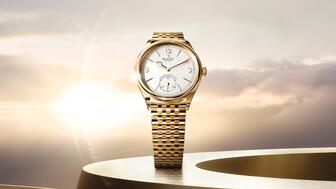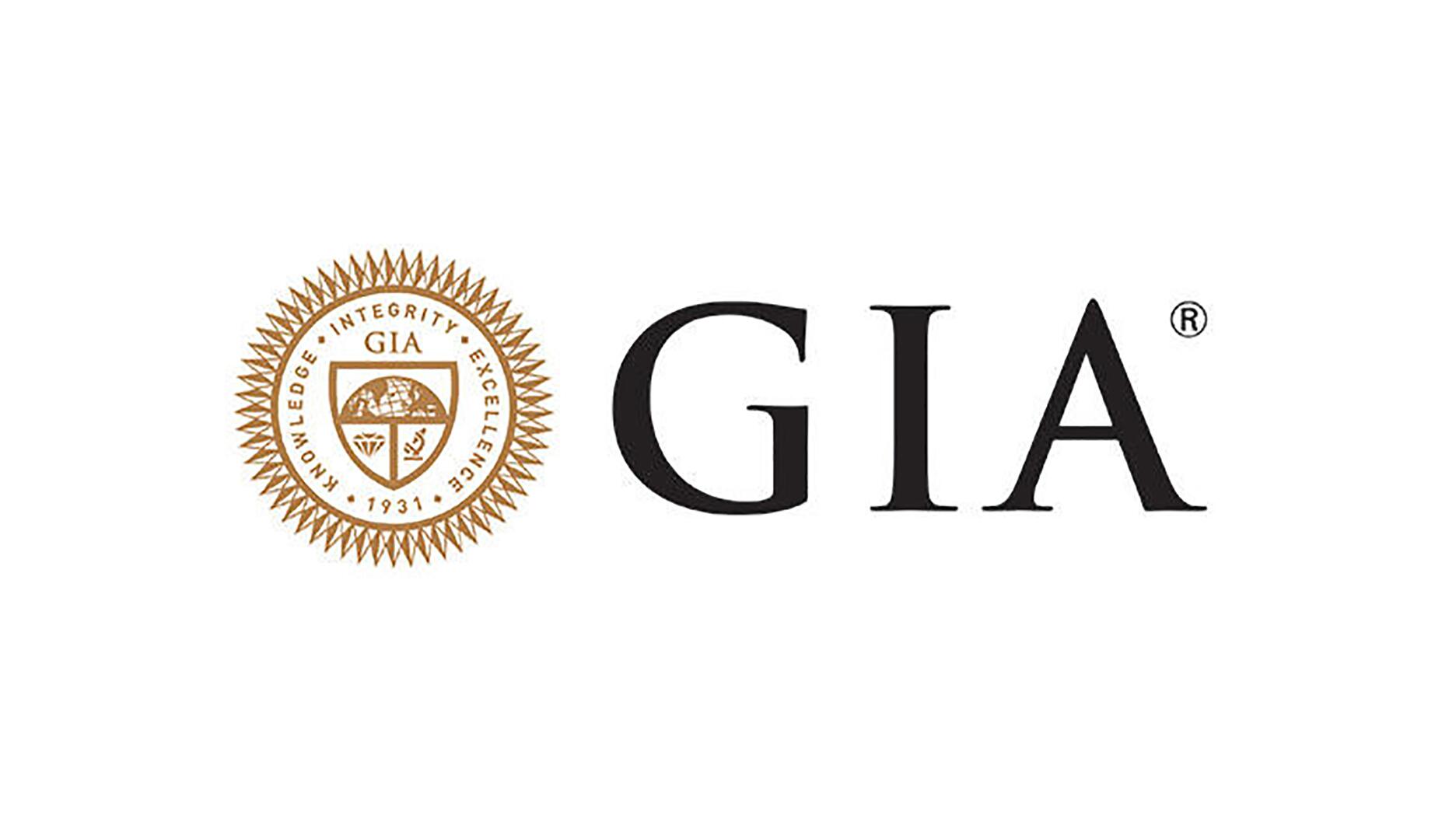The Swiss government announced the deal, which cuts the tax on Swiss imports by more than half, on social media Friday morning.
Gübelin Gem Lab Debuts ‘Emerald Paternity Test’
The new technology introduced at Baselworld can trace an emerald to the mine of its origin.

Introduced at Baselworld 2017, Gübelin’s “Emerald Paternity Test” involves applying DNA-based nanoparticles directly onto rough emerald crystals at mining sites.
Nanotechnology deals with particles less than 100 nanometers large. The particles aren't visible to the naked eye or even under an optical microscope, so a stone’s properties and grading won’t be affected by the application.
Gübelin’s application process is designed to withstand all steps of an emerald’s journey, from cutting to cleaning, polishing, transporting and setting, so that the nanoparticles will act as a permanent origin tag.
Just like a human's DNA is specific to each individual, the tag will be unique to each mine.
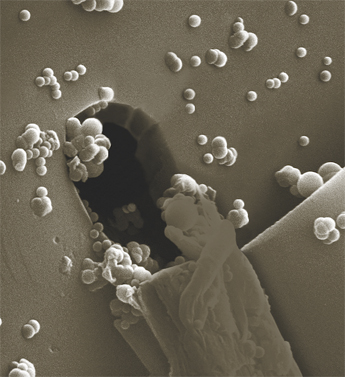
“This technology offers all stakeholders along the entire supply chain, from the miner to the final customers, proof of the exact source of emeralds, instilling confidence and creating trust,” said Daniel Nyfeler, managing director of Gübelin Gem Lab. “It enables a new level of transparency for the gemstone trade.”
Gübelin worked with Gemfields, majority owner of the world’s largest emerald mine, the Kagem Mine in Zambia, to test the new technology.
“Partnering with Gemfields for the feasibility study was an obvious choice,” Nyfeler said, “as it is not only an industry leader, but a forward-thinking company, and hence a perfect partner to test a ground-breaking idea such as this paternity test for emeralds.”
The results were a success and Gemfields told National Jeweler it would "continue to tag emerald production coming through the auction system."
Gemfields CEO Ian Harebottle explained, “Embracing innovation, technology and increased transparency is at the heart of our approach. We were therefore thrilled to assist Gübelin in the testing of this new technology, and we are very excited about the outcome as it offers a multitude of benefits to the industry and the consumer.”
For now, the paternity test will only work for emeralds, as the DNA-based nanoparticles are able to adhere to the fissures unique to the gemstone, and remain there through all processing.
Gübelin, which analyzes diamonds, color gemstones and pearls at its laboratories in Lucerne, Switzerland, Hong Kong and New York, said that the nanotechnology could offer transparency across the industry, to large and small mining companies, governments, trade organizations, industry watchdogs, jewelry brands and customers.
Gübelin is "looking to develop relationships with all stakeholders in the supply chain," they said to National Jeweler.
The Latest
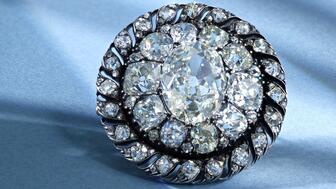
A buyer paid $4.4 million for the piece, which Napoleon wore on his hat for special occasions and left behind when he fled Waterloo.
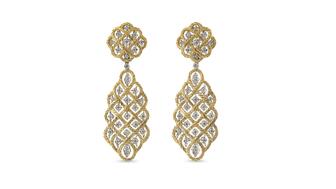
Plus, how tariffs and the rising price of gold are affecting its watch and jewelry brands.

How Jewelers of America’s 20 Under 40 are leading to ensure a brighter future for the jewelry industry.
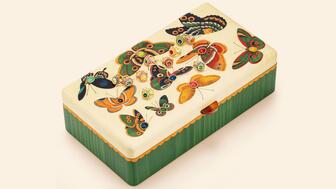
Furmanovich designed the box to hold Mellerio’s “Color Queen,” a high jewelry collection consisting of 10 rings.


Jennifer Hopf, who has been with JCK since 2022, will lead the execution of the long-running jewelry trade show.

Adler’s Jewelry is set to close its two stores as 82-year-old owner Coleman E. Adler II retires.

Roseco’s 704-page catalog showcases new lab-grown diamonds, findings, tools & more—available in print or interactive digital editions.

Founder Jim Tuttle shared how a dedication to craftsmanship and meaningful custom jewelry fueled the retailer’s double-digit growth.
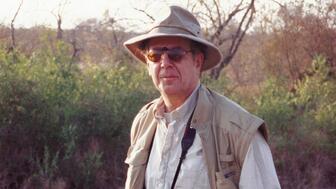
The third-generation jeweler is remembered as a passionate creative with a love of art, traveling and sailboat racing.

JSA and Cook County Crime Stoppers are both offering rewards for information leading to the arrest of the suspect or suspects involved.
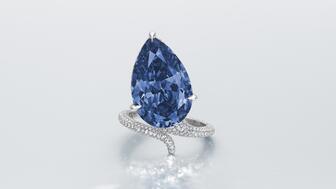
A buyer paid $25.6 million for the diamond at Christie’s on Tuesday. In 2014, Sotheby’s sold the same stone for $32.6 million.

Mercedes Gleitze famously wore the watch in her 1927 swim across the English Channel, a pivotal credibility moment for the watchmaker.

Tiffany & Co., David Yurman, and Pandora have launched holiday campaigns depicting their jewelry as symbols of affection and happiness.

The National Retail Federation is bullish on the holidays, forecasting retail sales to exceed $1 trillion this year.

Late collector Eddy Elzas assembled “The Rainbow Collection,” which is offered as a single lot and estimated to fetch up to $3 million.

At the 2025 World Series, the Los Angeles Dodgers’ Yoshinobu Yamamoto sported a custom necklace made by California retailer Happy Jewelers.
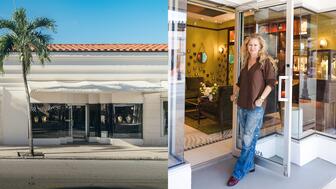
The brand’s seventh location combines Foundrae’s symbolic vocabulary with motifs from Florida’s natural surroundings.

The retailer also shared an update on the impact of tariffs on watch customers.
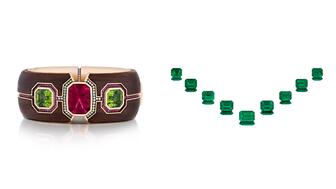
Pink and purple stones were popular in the AGTA’s design competition this year, as were cameos and ocean themes.
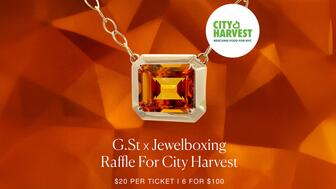
All proceeds from the G. St x Jewel Boxing raffle will go to City Harvest, which works to end hunger in New York City.

Courtney Cornell is part of the third generation to lead the Rochester, New York-based jeweler.

De Beers also announced more changes in its upper ranks ahead of parent company Anglo American’s pending sale of the company.
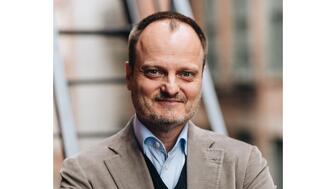
Former Signet CEO Mark Light will remain president of Shinola until a replacement for Ulrich Wohn is found.

Kindred Lubeck of Artifex has three rings she designed with Anup Jogani in Sotheby’s upcoming Gem Drop sale.

The company focused on marketing in the third quarter and introduced two new charm collections, “Pandora Talisman” and “Pandora Minis.”
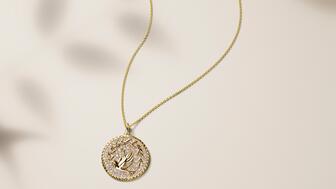
The jewelry retailer raised its full-year guidance, with CFO Jeff Kuo describing the company as “very well positioned” for the holidays.

